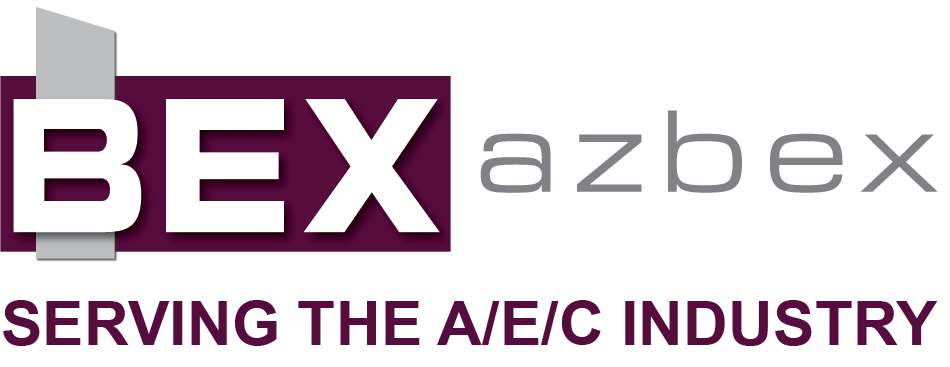By Roland Murphy for AZBEX
New data from CBRE Research shows the Phoenix Industrial market experienced its first decrease in vacancy in nearly three years.
The firm reports Industrial vacancy was down 30 basis points in Q2 2025 to settle at 11.9%, which marks the largest decrease since Q1 2022. Most absorption happened in the Southeast Valley and Southwest Valley submarkets, both of which saw availabilities decrease by more than 1% as new developments continue to attract tenants.
“This is a very good sign for the market overall as businesses that may have hit their limit in second-generation space can now look for better alternatives locally than other markets,” the report said.
Vacancy increased in the Northwest Valley, reaching 6.6%, fueled by new completions and small space vacancies. Still, asking rates have increased, which supports the theory that some tenants are upsizing.
The overall negative vacancy was “aided by a slowdown of vacant deliveries as well as extremely strong leasing activity and tenant inquiries spurred by the fiscal commitments pledges to Arizona infrastructure,” according to CBRE.
Development continues to cool in the area, and the market is absorbing many of the projects delivered over the past four years. The Southeast Valley remains the leading submarket for development, with slightly more than 4.5MSF under construction. The entire rest of the Valley has only 6MSF under construction combined across all submarkets.
Only 774KSF of new development broke ground in Q2.
Net absorption for Metro Phoenix was 4.4MSF in Q2, fueled largely by distribution properties. Gross absorption was 9.1MSF. There were 20 buildings totaling 2.2MSF delivered over the quarter, which is a 75% year-over-year drop from Q2 2024.
Thirteen leases of more than 100KSF were signed over the quarter, including three renewals.
Asking rates were up 8% over Q1, settling at $1.08/SF.
“As companies begin to solidify their inquiries and plans to potentially move more into the Phoenix Metro Area,” the report said, “the market can remain cautiously optimistic looking forward to the coming months.”

